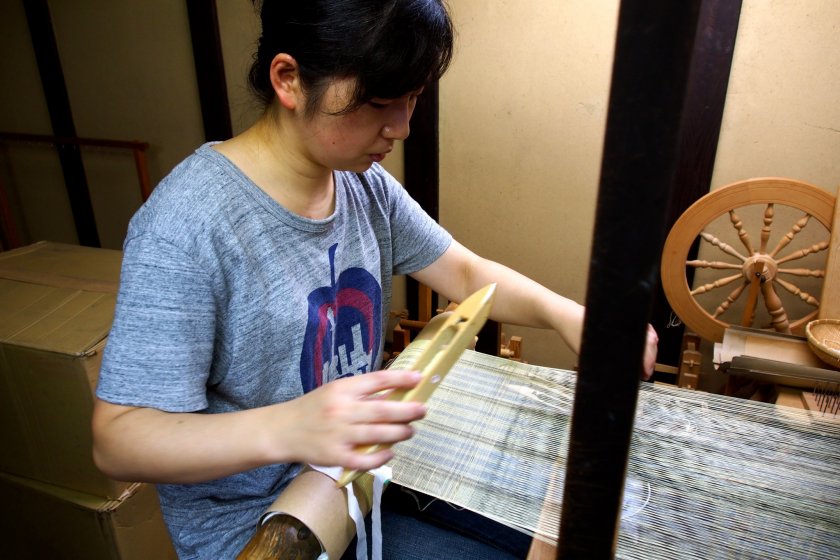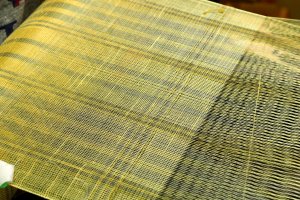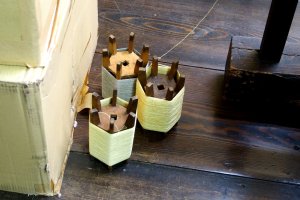There’s an air of nostalgia wafting through Tono’s Furusato Mura. The traditional folk village, located approximately 7 km from Tono Station, is made up of transplanted magariya, L-shaped farmhouses from the eighteenth and nineteenth centuries. The houses are maintained and activities are conducted inside for visitors to Tono. A trip to Furusato Mura is a hands-on, intercultural experience of rural life in Japan.
The word “furusato” means “hometown” in Japanese. I was familiar with the word before visiting Furusato Mura from the popular Japanese children’s song Furusato, dating from circa 1914. The farmhouses here served not only as homes to the people of Japan, but also to their horses. The longer sides of the L-shaped farmhouses were lodgings for the farmers, while the shorter side served as a stable. Tono historically was a hub of trade in the Iwate region, and hosted regional markets for all those in the vicinity, many of whom transported their goods with the assistance of horses. Tono receives heavy snowfall in the winter months, and having the stables attached to the main houses ensured that humans could monitor the safety and comfort of the horses through this cold period.
In Furusato Mura, traditional farming has been revived, offering a novel experience for visitors to Tono from around the world. Travellers are able to try activities such as farming or making bamboo or straw crafts (a reservation is required for some of these activities). I had the opportunity to work with an instructor making a small model horse from straw: a thoroughly enjoyable activity made all the more rewarding when you finally get the hang of it compared to how difficult it is when you start off. The straw is molded into the shape of a horse with wire and very tightly pulled string.
Also in the village you are able to watch demonstrations of traditional weaving and dying of fabrics. The weaving is done here with a huge wooden loom, and every material, from cotton to silk, is available. The dying of the fabric is done by hand in large wooden bowls of dye. I watched a piece being coloured a specific shade of blue particular to the town, known as “Tono blue”. In the restaurant at the front of Furusato Mura, you can try various traditional dishes of Tono, such as kanenari (dumplings which make you "rich"), jungisukan (barbecued lamb), hittsumi (a special hot pot dish of dough and soy sauce) and home-brew sake.
Stepping into Furusato Mura is like stepping into the past. The village is so authentic it is often used as a filming location for historical television shows and films. This is a destination for anyone who is eager to leave the modern world behind for a while, and step into the past. See more pictures of the rustic landscape here.


































